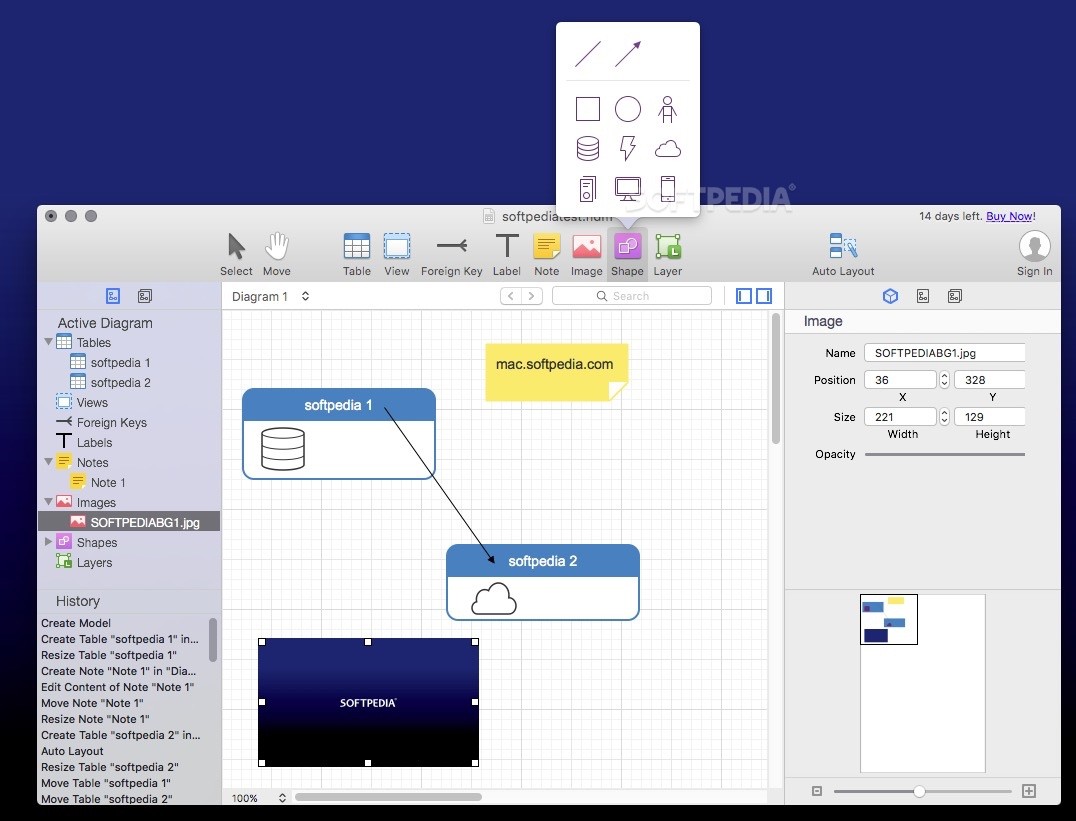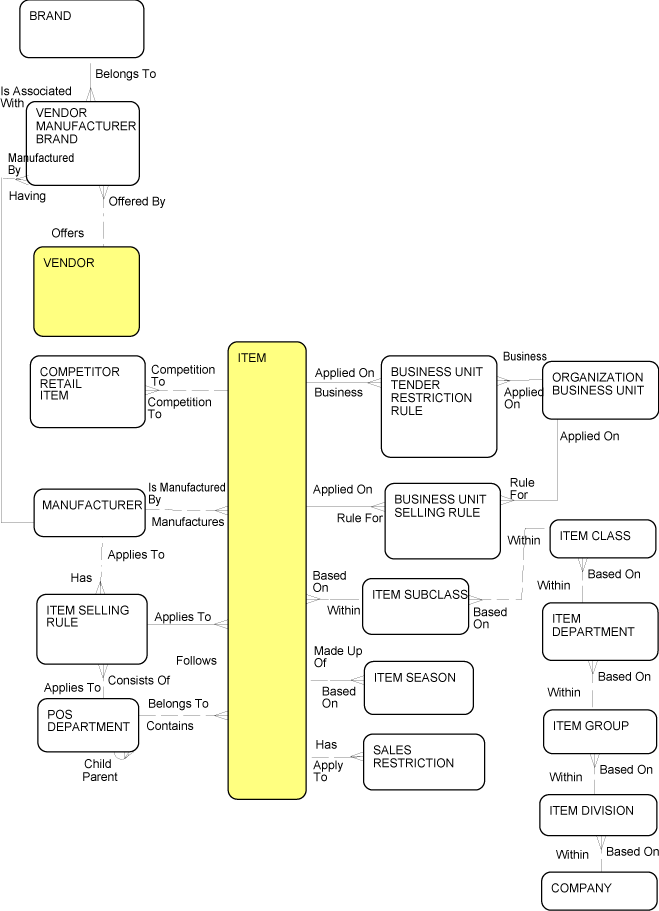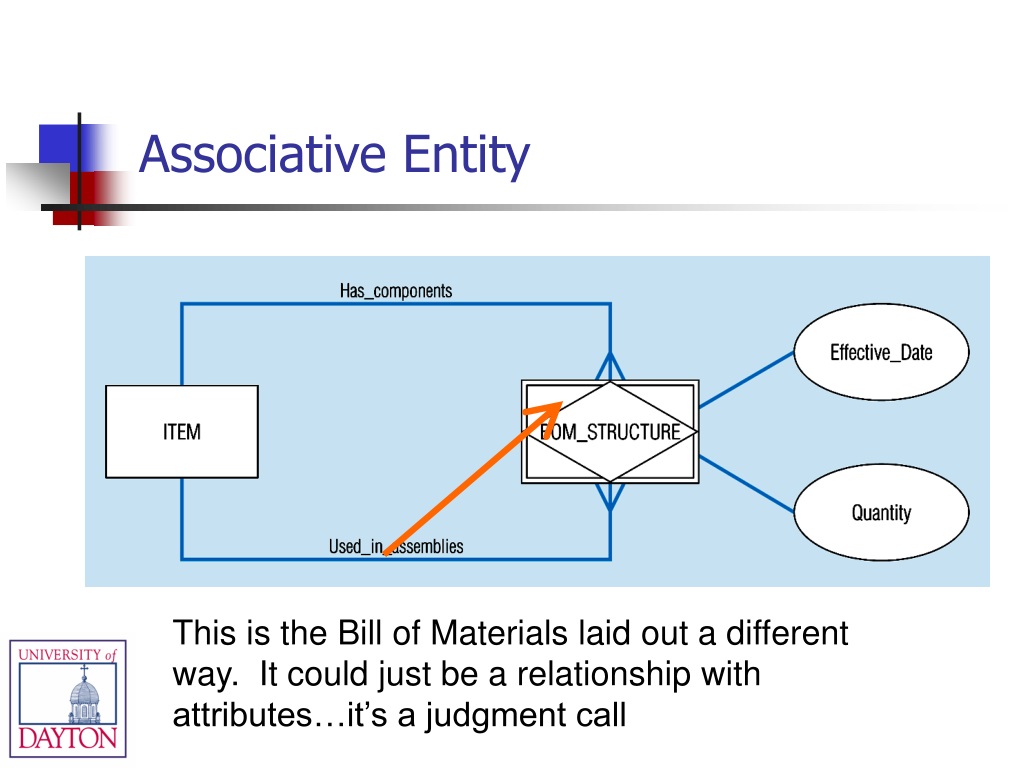

Understanding how data is used in your company: The approach begins with an awareness of how your company consumes and processes data and its unique data modeling requirements.There are five essential factors to consider while selecting a provider and a data modeling solution, listed below: However, it is crucial to choose the correct solution for your organization’s data modeling needs. While connecting disparate systems that use different forms and formats, data modeling tools provide the diagrams and schemas needed to make the process easy and efficient.
#ASSOCIATIVE ENTITY NAVICAT DATA MODELER HOW TO#
Try our 14-day full access free trial today to experience an entirely automated hassle-free Data Data Modeling! How to Choose a Data Modeling Software? Hevo is the fastest, easiest, and most reliable data replication platform that will save your engineering bandwidth and time multifold.
#ASSOCIATIVE ENTITY NAVICAT DATA MODELER FOR FREE#
You can also process raw data using Hevo’s robust & built-in transformation without writing a single line of code! Get Started with Hevo for Free With Hevo’s wide variety of connectors and blazing-fast Data Pipelines, you can extract & model data from 100+ Data Sources straight into your Data Warehouse, Database, or any destination. Hevo Data, a fully-managed Data Modeling solution, can help you automate your Data Modeling process in a few clicks.

They are less abstract and give more information on the concepts and relationships in the domain. For example, data warehouse design or reporting system development.

As a result, these models are the least abstract of the bunch. Physical data models usually define the format in which data will be physically stored in a database. Physical: Physical data models might incorporate attributes related to a database management system (DBMS), such as performance tuning.Conceptual: They’re also known as domain models and provide a bigger perspective of the system’s contents – how the data will be organized and which business rules will be involved.The different types of Data Models are listed below: Types of Data Modelsĭata models are classified into three types – conceptual, logical, and physical models – based on the level of abstraction. Data models may be included in the design of a new system or altered in existing systems. To meet the demands of businesses, rules and requirements of data models have been developed ahead of time-based on feedback from business stakeholders. The purpose is to show how various types of data are stored in the system, the links between them, and how the data may be categorized and arranged. How to Choose a Data Modeling Software?ĭata modeling is the act of generating a visual representation of an entire information system to express relations between data points and structures.


 0 kommentar(er)
0 kommentar(er)
